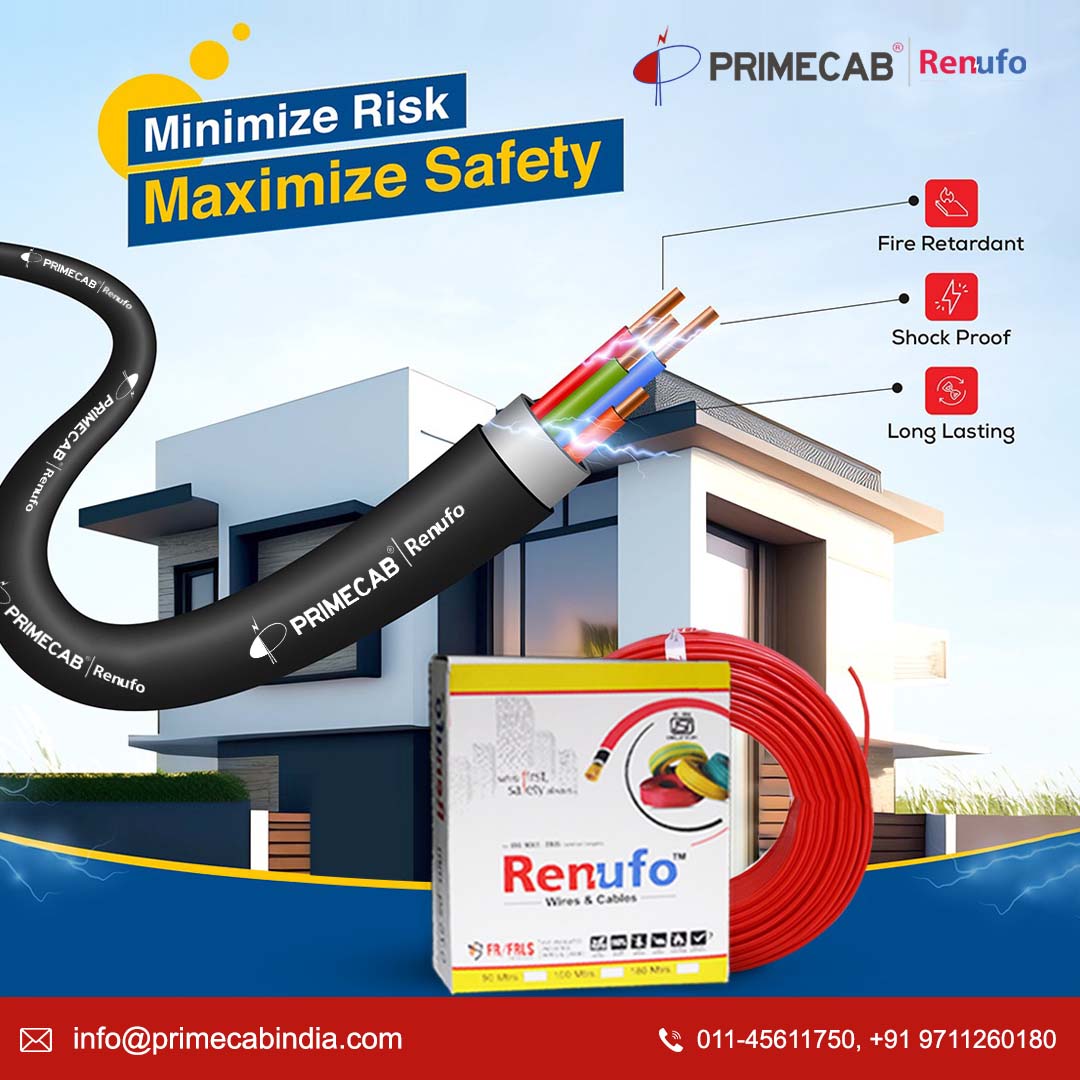What Are the Common Steps of Manufacturing Cables and Wires?
The quality of cables and wires determines the proper electricity and well-functioning appliances in your home or offices. While a cable is two or more insulated wires in one jacket, a single conductor of electricity is called a wire. Typically, a single conductor means stranding multiple conductors together in a single insulating layer.
Cables and wires are made using aluminum or copper. The latter is better than the former because it can conduct electricity with high flexibility and very little resistance. The quality of cables and wires determines the proper electricity and well-functioning appliances in your home or office.
While a cable is two or more insulated wires in one jacket, a single conductor of electricity is called a wire. Typically, a single conductor means stranding multiple conductors together in a single insulating layer. Cables and wires are made using aluminum or copper. The latter is better than the former because it can conduct electricity with high flexibility and very little resistance.
Let’s get insights into the most common steps involved in the manufacturing process of cables and wires.
Step #1
Depending on whether copper or aluminum is being used, metals are crushed and ground using advanced tools and machines. The goal is to remove squandered material and extract the metal.
Step #2
This step involves heating or annealing. The objective is to form a thinner wire. To achieve this, engineers apply very heavy pressure on a metal rod to make a thinner wire. This allows us to get extremely brittle wire that can be fractured if fixed. The finished wire needs to be flexible so the aim is to soften or anneal the wire. For this, the wire is heated to its recrystallization temperature. This helps avoid oxidation of the wire.
Step #3
This step includes drawing materials to make different gauge wires. Depending on the materials, experts may take a few days to reduce the copper size. Copper wire drawing lubricants are used to increase the life of the day. If it performs correctly, the wire can become thin and malleable.
Step #4
Note that a combination of several wires often gets stranded. That’s because, given the same cross-sectional area, the stranded wire comes with enhanced flexibility and electrical performance than a single wire. This step involves twisting or stranding together two or more wires of the same gauge using a proprietary formula to decide the length of the twist.
Step #5
A special machine is used known as an extruder through which soft and flexible wires are passed to apply a plastic coat or other insulation material. The process includes pouring materials into the rear part of the machine and pushing forward while being heated into the melt. Then, the coated wire has to go through another cooling system and is coiled on reels.
Step #6
With the success of 1-5th steps, you are able to prepare the basic component of a cable. Now is the time to incorporate an easy method to assemble them as per different utilities. In the case of electrical and electronic cables that are used daily. Just wrap up one or more wire strands together with interference in the protective jacket.
Conclusion
All these steps are very common and can vary depending on the requirements and use of technology. Not a single process can be used to manufacture wires and cables. If you want to buy cables and wires that are strong, reliable manufacturers, then contact Prime Cable at +91 (11) 27318598






